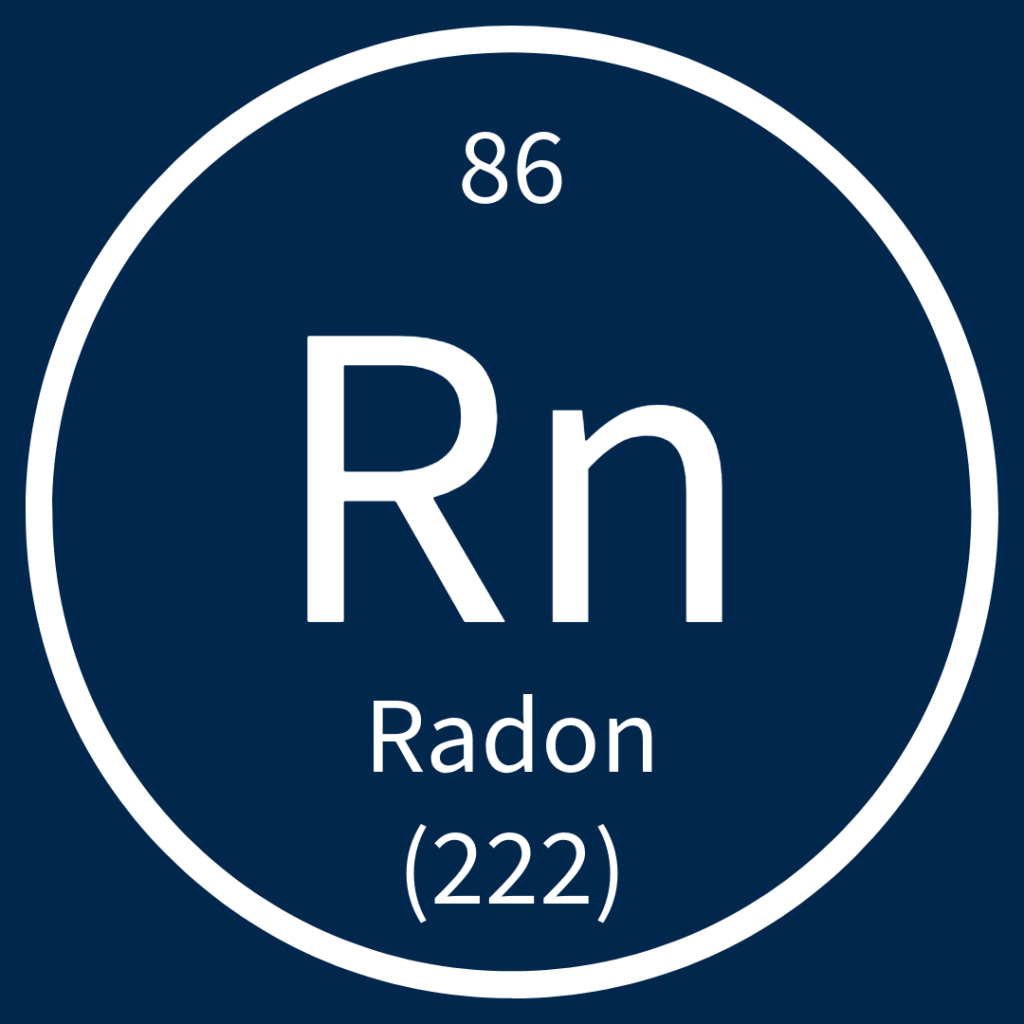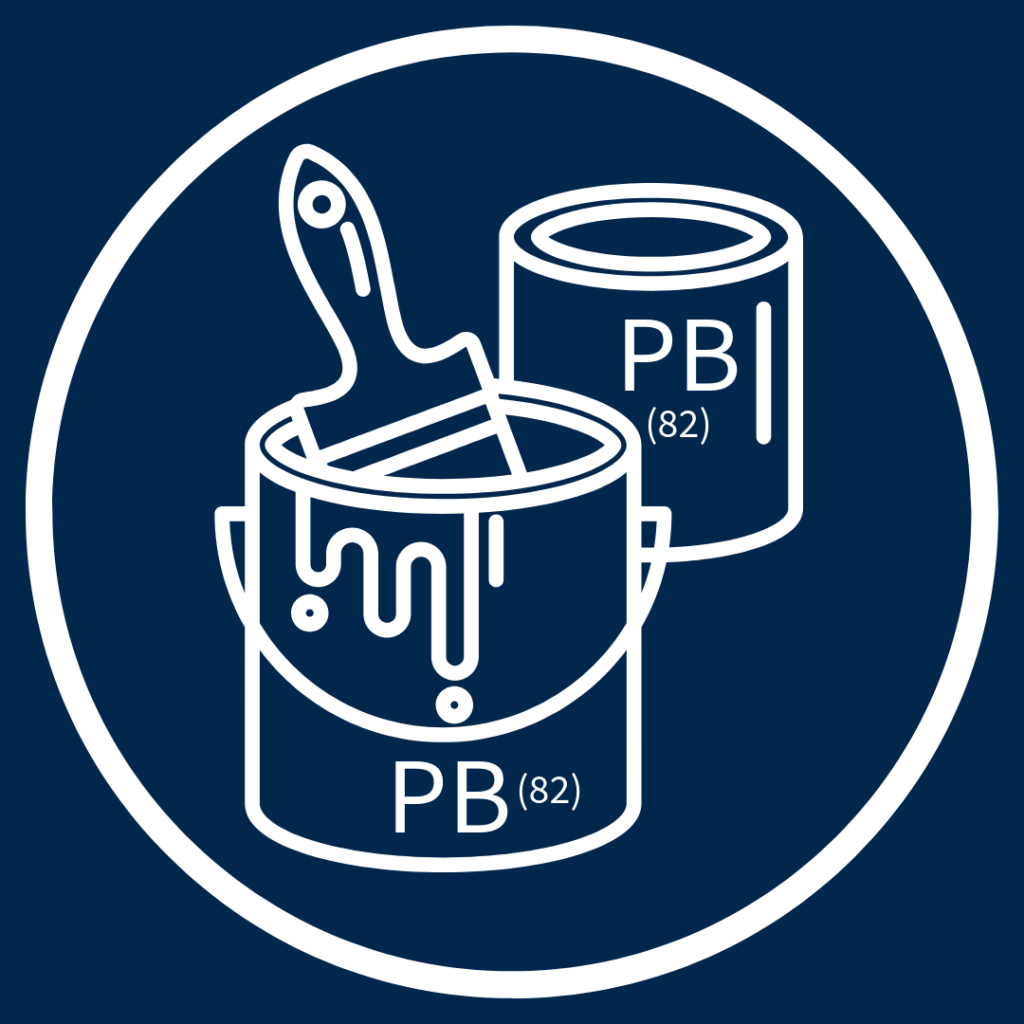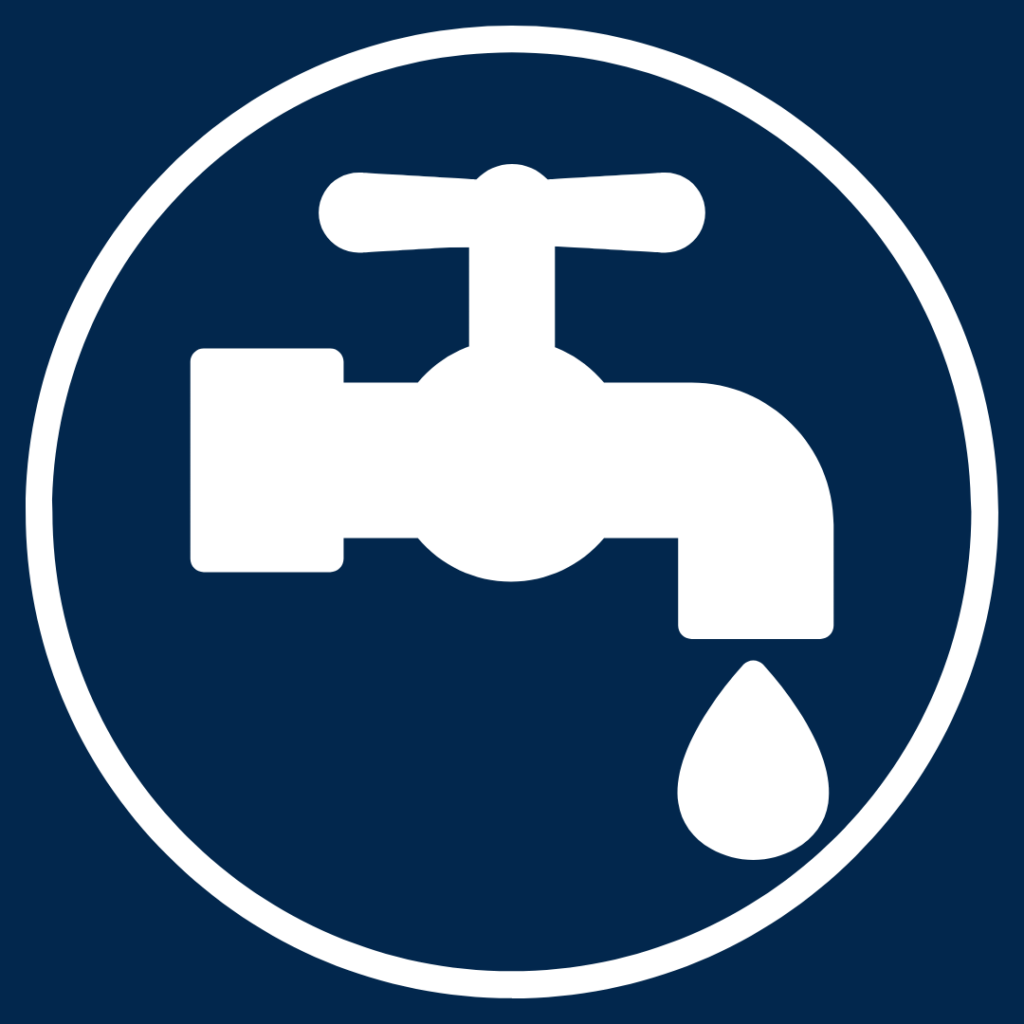
What is a Home Inspection?
A Home Inspection is a detailed assessment of a property’s condition, including its structural components, systems, and features. This inspection provides potential buyers or homeowners with a comprehensive report on the property’s current state and any necessary repairs or maintenance.

Septic Dye Testing
Septic Dye Testing involves introducing a colored dye into the septic system to trace its flow and detect leaks or failures in the system. This testing helps identify issues with the septic tank or drainage field, ensuring proper wastewater management and preventing environmental contamination.

Radon Testing
Radon Testing involves measuring the levels of radon gas, a radioactive gas that can cause lung cancer in a Home or Building. This is done using specialized devices to ensure that indoor radon levels are below the EPA’s recommended action level for safety

Lead Paint Testing
Lead Paint Testing involves detecting the presences of lead-based paint in a home. This testing is crucial to identify and mitigate exposure to risks, especially in older homes where lead paint was commonly used.

Mold Testing
Mold Testing involves taking samples to identify the presence and types of mold spores in a home. This testing is essential for diagnosing potential health hazards and guiding remediation efforts to ensure a safe indoor environment.

Water Testing
Mold Testing involves taking samples to identify the presence and types of mold spores in a home. This testing is essential for diagnosing potential health hazards and guiding remediation efforts to ensure a safe indoor environment.

Termite Inspection
A Termite Inspection involves a thorough examination of a property for signs of termite activity, including damage to wood structures and the presence of mud tubes or wings. This inspection is crucial for preventing extensive structural damage and ensuring the long-term integrity of the building.

What is a Home Inspection?
A Home Inspection is a detailed assessment of a property’s condition, including its structural components, systems, and features. This inspection provides potential buyers or homeowners with a comprehensive report on the property’s current state and any necessary repairs or maintenance.

Septic Dye Testing
Septic Dye Testing involves introducing a colored dye into the septic system to trace its flow and detect leaks or failures in the system. This testing helps identify issues with the septic tank or drainage field, ensuring proper wastewater management and preventing environmental contamination.

Radon Testing
Radon Testing involves measuring the levels of radon gas, a radioactive gas that can cause lung cancer in a Home or Building. This is done using specialized devices to ensure that indoor radon levels are below the EPA’s recommended action level for safety

Lead Paint Testing
Lead Paint Testing involves detecting the presences of lead-based paint in a home. This testing is crucial to identify and mitigate exposure to risks, especially in older homes where lead paint was commonly used.

Mold Testing
Mold Testing involves taking samples to identify the presence and types of mold spores in a home. This testing is essential for diagnosing potential health hazards and guiding remediation efforts to ensure a safe indoor environment.

Water Testing
Mold Testing involves taking samples to identify the presence and types of mold spores in a home. This testing is essential for diagnosing potential health hazards and guiding remediation efforts to ensure a safe indoor environment.

Termite Inspection
A Termite Inspection involves a thorough examination of a property for signs of termite activity, including damage to wood structures and the presence of mud tubes or wings. This inspection is crucial for preventing extensive structural damage and ensuring the long-term integrity of the building.